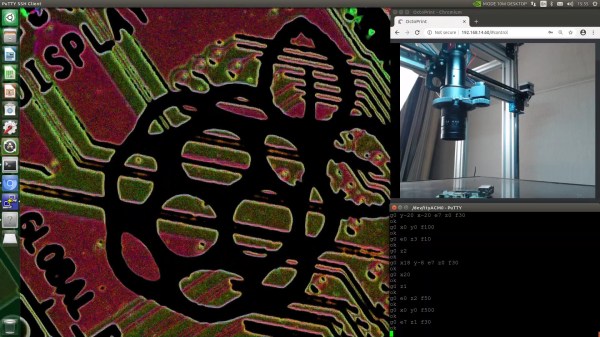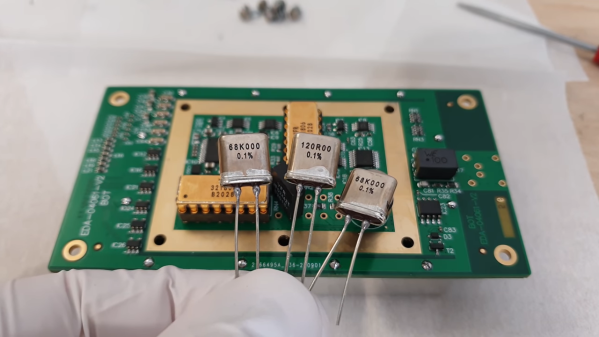
Look past the melty plastic bits, and your average 3D printer is just a handy 3-axis Cartesian motion platform. This makes them useful for all kinds of things, and as [E/S Pronk] shows us, they can easily be modified into an automated polarimetric microscope!
The microscope build actually took two forms. One, a regular digital microscope any of us may be familiar with, using a C-mount microscope lens fitted to a Raspberry Pi HQ camera. The other, a polarimetric microscope, using an Allied Vision Mako G-508B POL polarimetric camera instead, with the same microscope lens. The polarimetric camera takes stunning false-color images, where the color values correspond to the polarization of the light bouncing off an object. It’s incredibly specialized hardware with a matching price tag, but [E/S Pronk] hopes to build a cheaper DIY version down the line, too.
3D printers make excellent microscopes, as they’re designed to make small precise movements and are easily controlled via G-Code. We’ve seen them used for other delicate purposes too – such as this one modified to become a soldering robot. Video after the break.
Continue reading “Modified 3D Printer Makes A Great Microscope, Too”















